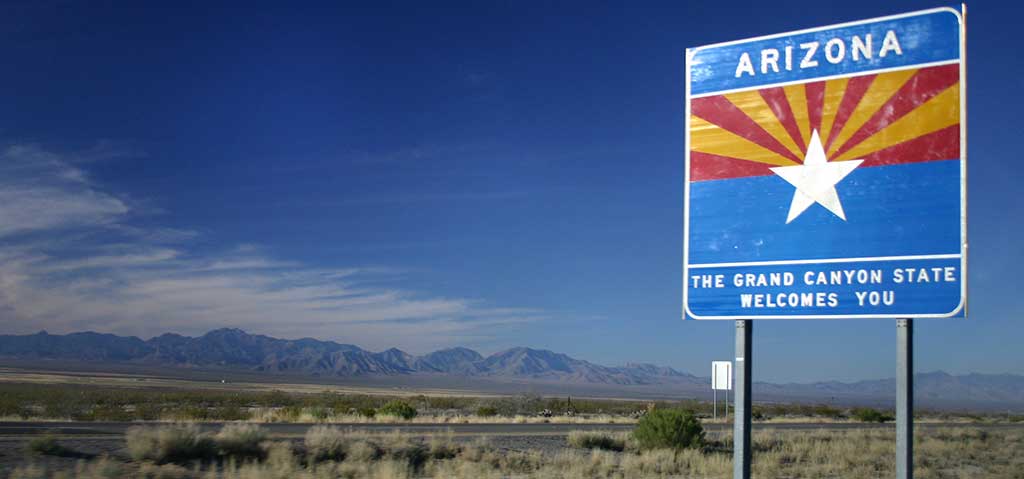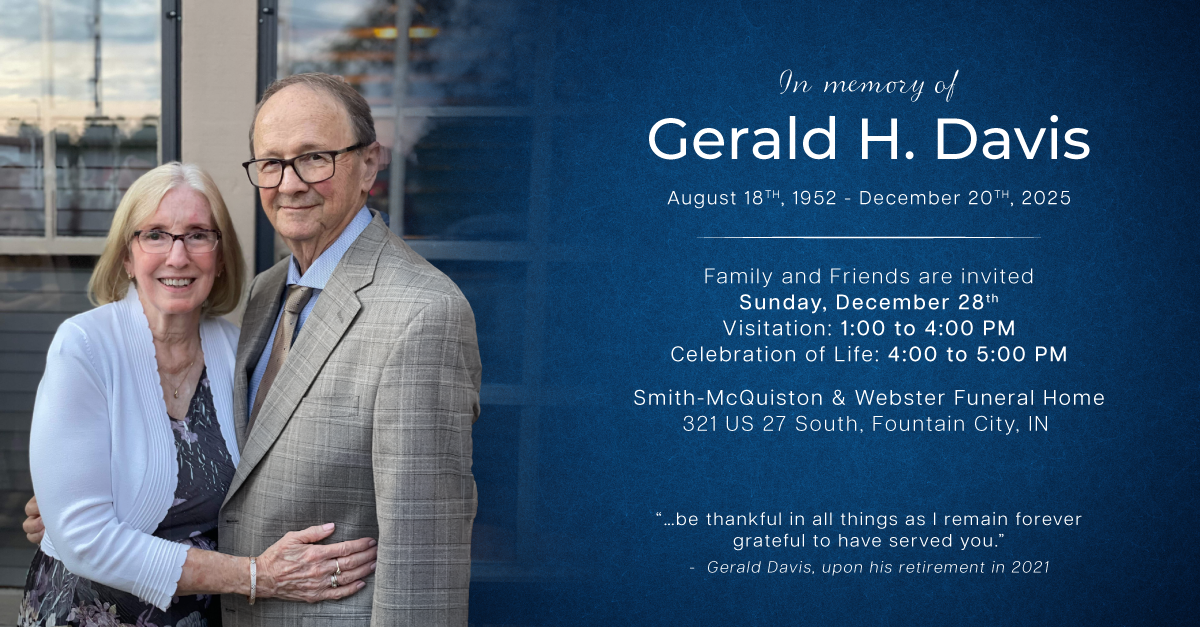Arizona Pretends to Reduce But Instead Significantly Raises Barriers to Entry for Cremationists
Originally published by the Huffington Post
Arizona House Bill 2613, approved by the House Commerce Committee last week, proposes to eliminate state licensing requirements for occupations such as fruit packers. Yes, you read that correctly. Under current Arizona law, you may not pack citrus fruit without a license from the state, which will cost you $200 per year. Packing citrus fruit without a license will earn you a $500 fine. HB2613 also removes questionable licensing requirements for occupations including yoga instructor, landscape architect, and geologist. The bill is consistent with one of Republican Governor Doug Ducey’s top priorities–to reduce the regulatory burden on businesses and consumers. One of Governor Ducey’s policy advisors explained that “[occupational] licensing should be the last option, not the first. … reducing regulations means more money for hardworking Arizonans.”
That sounds great, but HB2613 doesn’t uniformly reduce barriers to entry. In at least one case, it significantly raises them. For at least 300 hardworking Arizonan cremationists, this regulation “reduction” will mean far less money because they will suddenly become unqualified to do their job. Under current Arizona law, only a person licensed as a cremationist can operate a crematory retort and perform the cremation of human remains. HB2613 eliminates the cremationist license, but not the requirement that a licensed person operate a crematory retort and perform cremations–the government grants the exclusive privilege to perform those tasks to another licensed group: funeral directors. HB2613 does so by redefining “funeral directing” to include “operating a crematory retort and performing the actual cremation of human remains.” Arizona law already provides that no one may perform “funeral directing” without a funeral director’s license.
Under current Arizona law, in order to receive a cremationist license, a person must complete a crematory operator’s certificate course, submit a fingerprint card for a background check, have a good moral character, and pay an annual fee of $85 to the Arizona Board of Funeral Directors & Embalmers.
To become a licensed funeral director in Arizona, an applicant must pass the funeral service arts section of the national board examination or the state equivalent examination, pass an examination on funeral director state laws and rules, be of good moral character, pay an annual fee of $85 to the Board and, oh yes, have held an active license as an embalmer for at least one year and have assisted in arranging and directing at least 25 funerals.
To become a licensed embalmer in Arizona, an applicant must pass the funeral service science section of the national board examination or the state equivalent examination, pass an examination on embalmer state laws, have been licensed as an intern for at least one year, have successfully completed an internship program that included assisting in the embalming of at least 25 human bodies, and pay an annual fee of $85 to the Board.
To become a licensed intern in Arizona, an applicant must be a high school graduate, be a graduate of an accredited school of mortuary science, be of good moral character, and pay an annual fee of $85 to the Board.
So, to recap, HB2613, which is designed to implement Governor Ducey’s plan to reduce needless occupational licensing in the State of Arizona, proposes to replace the requirement that people who operate a crematory retort must first take a course on crematory operations with a requirement that people who operate a crematory retort must: (1) graduate from a two-year mortuary school program, (2) complete a one year internship where they must embalm at least 25 bodies, (3) pass the national board examination in funeral service arts and funeral service science, (4) pass two examinations on the laws that apply to funeral directors and embalmers, (5) work as a licensed embalmer for at least one year, and (6) assist in arranging and directing at least 25 funerals. Oh, and we can’t forget that (7) they must continue to pay an annual fee of $85 to the Board.
Unfortunately, Arizona is not alone in its overly aggressive approach to occupational regulation. Nearly 1/3 of U.S. workers must obtain a license from the state to engage in their occupation. In 1950, less than 1/20 of U.S. workers needed a license. It has been estimated that over 1,100 occupations are licensed in at least one state, but fewer than 60 are regulated in all 50 states–clearly the states disagree quite a bit on what occupations require licensing and which do not. It is easy to understand why states may use occupational licensing to protect the public from unqualified doctors and lawyers, but it is a bit harder to understand how state legislatures rationalize requiring a license for hair braiders and florists.
Critics across the ideological spectrum argue that occupational licensing regimes do little to protect consumers from incompetent practitioners and instead raise costs for consumers by stifling competition and imposing barriers to entry. In July 2015, the White House issued a report prepared by the Department of Treasury Office of Economic Policy, the Council of Economic Advisers, and the Department of Labor calling for state policymakers to adopt a more “tailored approach” to occupational regulation. For example, the report recommends that states target occupational regulations to closely tie the substantive requirements (like education and experience) with public health and safety concerns. The Institute for Justicehas found that occupational licensing regimes “can pose substantial barriers” for those seeking even low and moderate income jobs, particularly for “minorities, those of lesser means and those with less education.” Cremationist seems like a prime example of this phenomenon. Under the guise of reducing regulation, Arizona has transformed a fairly low paying occupation with low barriers to entry into a job that requires a significant investment of time and money to acquire. It is unclear how requiring cremationists to master the art of embalming and graduate from mortuary college (which typically includes no training on operating a crematory retort) protects Arizonans.
Arizona’s cremation rate is among the highest in the country–approximately 70%. Cremation is an attractive option for many people because it is lower in cost and perceived to be more environmentally friendly. Many crematories in Arizona are independent of funeral homes and not owned or managed by funeral directors. (Economists have shown that independent crematories typically charge less than crematories run by funeral directors.) If HB2613 passes in its current form, the future of the independent crematories is uncertain. Governor Ducey’s first official action in January 2015 was to implement a moratorium on new regulatory rulemaking by state agencies. His office’s press release promised that “Governor Ducey’s order will promote and propel job growth by preventing burdensome, antiquated and unnecessary government rules and regulations on private sector employers.” I’m sure that’ll make the soon-to-be-unemployed Arizonan cremationists, and the families that will inevitably pay more for cremations in Arizona, feel much better.




